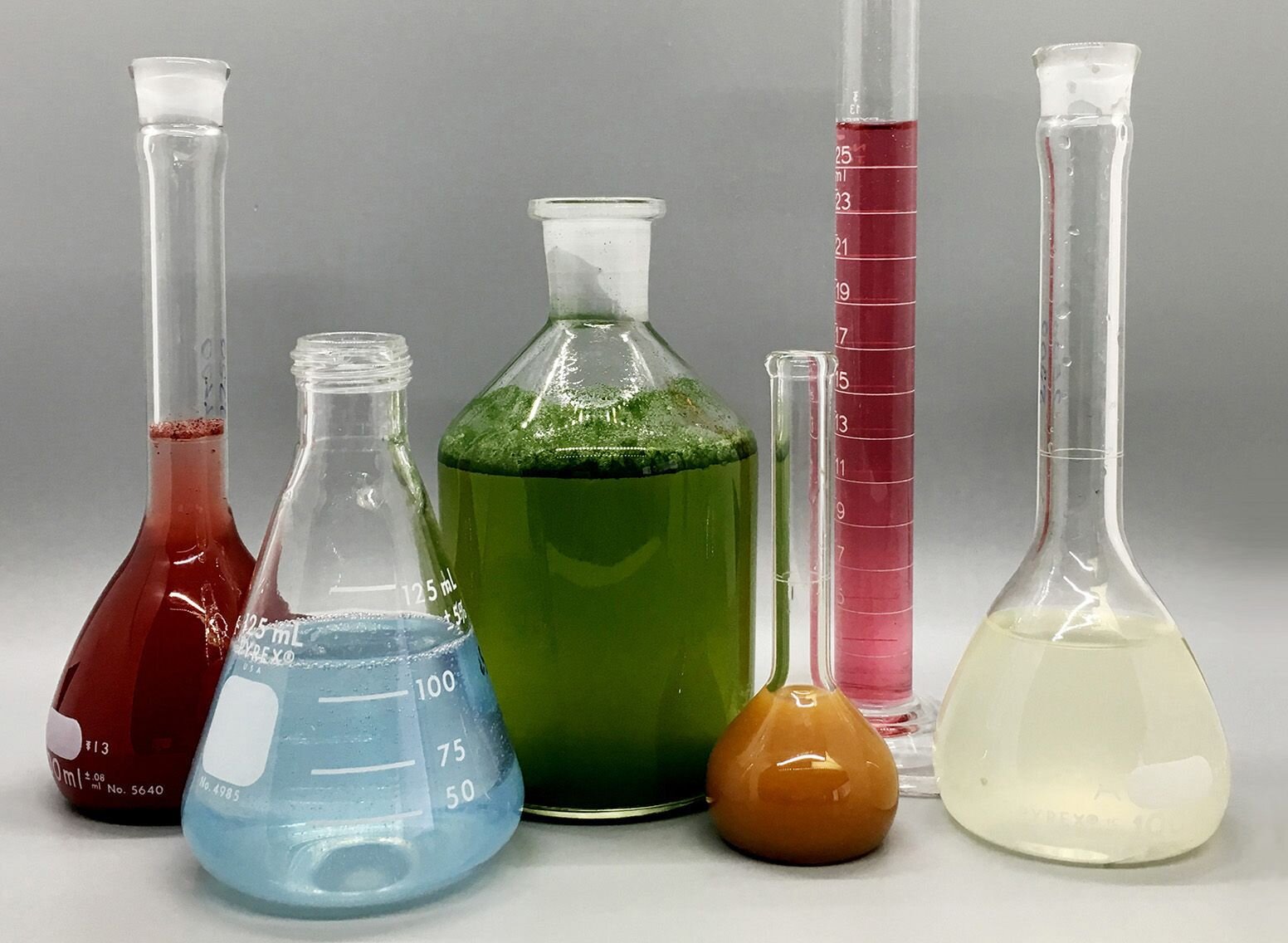Some Ideas on Uv/vis/nir You Need To Know
Some Ideas on Uv/vis/nir You Need To Know
Blog Article
Indicators on Uv/vis/nir You Should Know
Table of ContentsSome Known Questions About Uv/vis.Some Known Factual Statements About Circularly Polarized Luminescence How Circular Dichroism can Save You Time, Stress, and Money.The 4-Minute Rule for Circular DichroismIndicators on Circular Dichroism You Need To Know

Spectrophotometry is most frequently applied to ultraviolet, visible, and infrared radiation, modern spectrophotometers can question wide swaths of the electro-magnetic spectrum, including x-ray, ultraviolet, visible, infrared, and/or microwave wavelengths. Spectrophotometry is a tool that depends upon the quantitative analysis of molecules depending on how much light is absorbed by colored substances.
Facts About Circularly Polarized Luminescence Uncovered
A spectrophotometer is frequently utilized for the measurement of transmittance or reflectance of options, transparent or nontransparent solids, such as refined glass, or gases. Lots of biochemicals are colored, as in, they take in visible light and therefore can be measured by colorimetric procedures, even colorless biochemicals can often be transformed to colored substances suitable for chromogenic color-forming responses to yield substances ideal for colorimetric analysis.: 65 Nevertheless, they can also be developed to measure the diffusivity on any of the listed light varieties that usually cover around 2002500 nm utilizing various controls and calibrations.
An example of an experiment in which spectrophotometry is utilized is the decision of the balance constant of an option. A particular chain reaction within a service might take place in a forward and reverse direction, where reactants form products and items break down into reactants. Eventually, this chain reaction will reach a point of balance called a balance point.
Our Uv/vis PDFs
The quantity of light that goes through the solution is a sign of the concentration of specific chemicals that do not allow light to pass through. The absorption of light is due to the interaction of light with the electronic and vibrational modes of particles. Each kind of molecule has an individual set of energy levels associated with the makeup of its chemical bonds and nuclei and thus will soak up light of specific wavelengths, or energies, leading to distinct spectral residential or commercial properties.
Making use of spectrophotometers spans various clinical fields, such as physics, materials science, chemistry, biochemistry. circular dichroism, chemical engineering, and molecular biology. They are extensively used in numerous markets consisting of semiconductors, laser and optical production, printing and forensic evaluation, as well as in labs for the study of chemical compounds. Spectrophotometry is often utilized in measurements of enzyme activities, decisions of protein concentrations, decisions of enzymatic kinetic constants, and measurements of ligand binding reactions.: 65 Ultimately, a spectrophotometer is able to identify, depending upon the control or calibration, what compounds exist in a target and exactly how much through computations of observed wavelengths.
Created by Arnold O. Beckman in 1940 [], the spectrophotometer was developed with the aid of his colleagues at his company National Technical Laboratories established in 1935 which would become Beckman Instrument Business and eventually Beckman Coulter. This would come have a peek at this website as an option to the formerly produced spectrophotometers which were not able to take in the ultraviolet properly.
Uv/vis/nir Things To Know Before You Buy
It would be found that this did not provide satisfactory outcomes, therefore in Design B, there was a shift from a glass to a quartz prism which permitted much better absorbance results - circular dichroism (https://pagespeed.web.dev/analysis/https-olisclarity-com/ft59obxjpp?form_factor=mobile). From there, Design C was born with an adjustment to the wavelength resolution which ended up having 3 systems of it produced
It was produced from 1941 to 1976 where the rate for it in 1941 was US$723 (far-UV accessories were an option at extra cost). In the words of Nobel chemistry laureate Bruce Merrifield, it was "probably the most important instrument ever developed towards the advancement of bioscience." Once it ended up being stopped in 1976, Hewlett-Packard developed the very first commercially available diode-array spectrophotometer in 1979 referred to as the HP 8450A. It irradiates the sample with polychromatic light which the sample takes in depending upon its properties. It is transmitted back by grating the photodiode array which spots the wavelength area of the spectrum. Ever since, the production and execution of spectrophotometry gadgets has actually increased tremendously and has turned into one of the most ingenious instruments of our time.

The 3-Minute Rule for Spectrophotometers
The grating can either be movable or fixed.
In such systems, the grating is repaired and the intensity of each wavelength of light is determined by a different detector in the selection. When making transmission measurements, the spectrophotometer quantitatively compares the portion of light that passes through a reference service and a test solution, then digitally compares the strengths of the two signals and calculates the portion of transmission of the sample compared to the reference standard.

Report this page